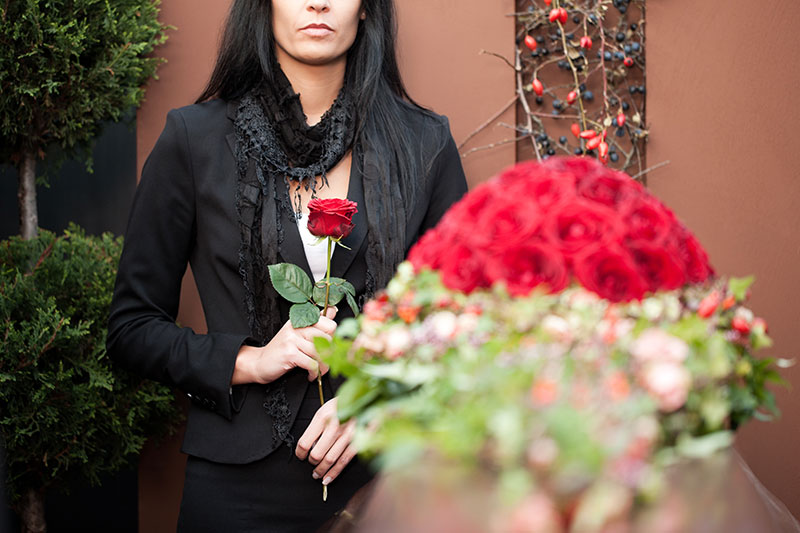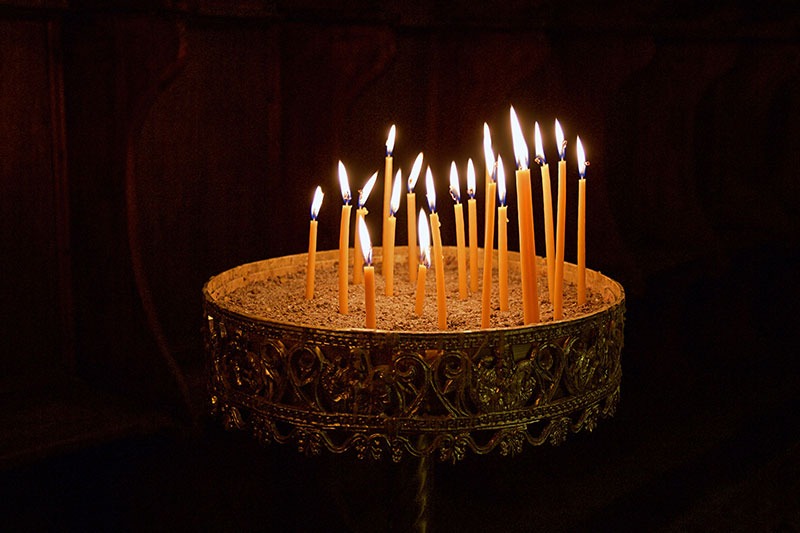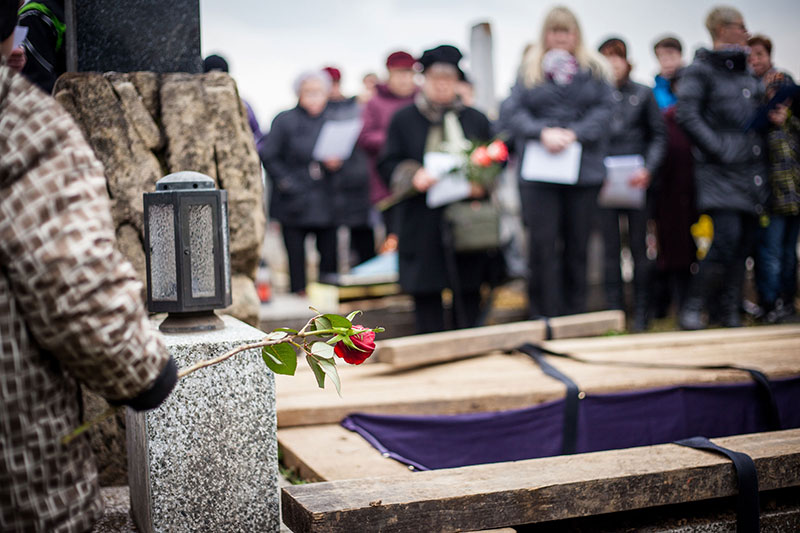Behavior Rules
What we should do and what we should avoid

Take your time, organize your thoughts and feelings and let your sadness manifest. Do not suppress what you feel.
In any case, you should respond to the bad news and express your grief. The loss of a loved one is a severe blow to relatives, and as difficult as it may be for some of you, it is considered a relief for mourners, loved ones, and friends to share their pain and feelings. It is unthinkable not to respond to the news of death, but even if it does not contradict your conscience, your absence would not help the mourners and would give the impression of a lack of sensitivity on your part.
What are the rules of conduct that we must follow during the funeral ceremony? What to do and what to avoid?
We will try to share our more than 50 years of experience with you and answer questions you may be asking yourself.
How do I adequately express my condolences?
If you were a close friend or relative of the deceased, it would be a good idea to visit the deceased’s family and relatives in person and offer your help.
If you were a colleague and did not know the family, you may be limited to being present at the funeral.
Your reaction is directly related to your personality and depends mainly on your relationship with the deceased and his family.
The death of an acquaintance or loved one is an extreme situation in which unusual questions arise within you. To some extent, you are forced to communicate with people who are experiencing the pain of losing a loved one in a different way than you are used to in everyday contact.
How do I greet someone who has just lost a loved one?
How do I better express my sorrow and feelings concerning this loss?
How should I behave? Am I allowed to speak loudly, am I allowed to laugh?
There are no binding answers to these questions, but there are some rules that could help::
Funeral Ceremony / Burial

Funeral attire: Mourning is no longer just in black.
Color is not necessarily the most crucial element according to which one should choose the appropriate attire for a funeral ceremony. More importantly, one cannot see this sad event as a place of self-promotion. Strange as it may sound, for some attendees, their vanity is more important than the mourners’ grief, and their need for self-promotion is stronger than their need or desire to be present to pay their respects to the deceased and express their condolences and compassion to family members.
Women should, therefore, avoid wearing deep necklines and short skirts or dresses. Moreover, clothes with shiny ornaments, rhinestones or sequins, and decorative pins on men’s clothes are not suitable in these cases.
Men should prefer to wear long pants and long-sleeved shirts that day, even if it is hot.
Both men and women who are likely to wear a hat or a cap should remove them during the funeral. This etiquette rule applies to all those attending a funeral with no exception.
When you have to attend a funeral, choose your jewelry with care and caution.
Wishes of the deceased and family members
Uniform as a mourning garment
Μourning garments for children too?
If the children are not very young and are attending a funeral for the first time, they should be informed about what will happen at the ceremony and be guided on the proper behavior appropriate to the occasion. Every child is different, and no child knows how to deal emotionally with such an unprecedented situation.

Laughter comforts
Children always intervene as guardian angels in case of need. Through their liveliness, purity, and innocence, they give a breath of optimism, reminding everyone that although the pain at the time of farewell seems unbearable, life goes on and will always be
reflected in a child’s smile.
Contact us
+49 15 14 13 000 13
+49 151 413 000 16
+49 89 500 77 700
or send an email
to the following address: [email protected]
